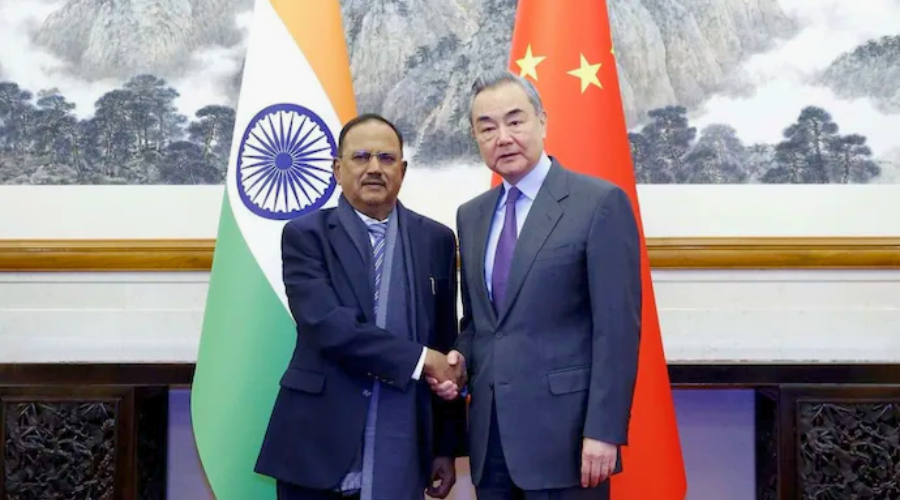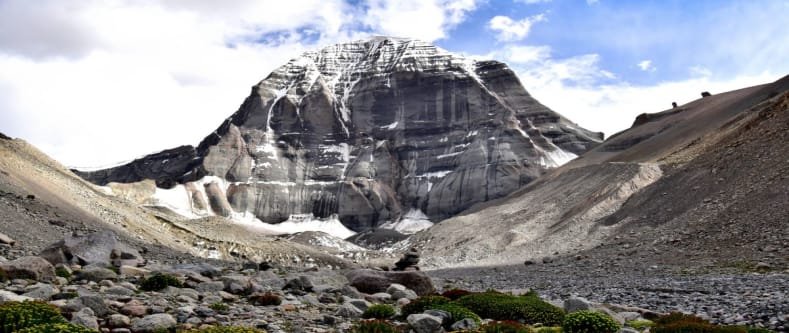
Kailash Mansarovar Yatra Set to Resume for Indian Pilgrims

Kailash Mansarovar Yatra Set to Resume for Indian Pilgrims
swotah travel
1229
21, 12 2024
The Kailash Mansarovar Yatra, one of the most cherished pilgrimages for Hindus, Buddhists, and Jains, is set to reopen for Indian pilgrims.
This announcement comes after a four-year pause caused by the COVID-19 pandemic and escalated border tensions between India and China. Recent diplomatic efforts have brought hope and optimism to thousands of devotees eager to undertake this sacred journey once again.
Recent Developments
Recent talks between Indian and Chinese officials have paved the way for the resumption of the Kailash Mansarovar Yatra. On December 18, 2024, during a high-level meeting on boundary issues, India’s National Security Advisor, Ajit Doval, and Chinese Foreign Minister, Wang Yi, discussed various steps to strengthen bilateral ties, including reopening the pilgrimage.
While Chinese media reported a “six-point consensus” to enhance relations, India’s Ministry of External Affairs clarified that no such formal agreement was made. Despite this, both sides acknowledged the importance of cultural and spiritual exchanges, indicating that the Kailash Mansarovar Yatra is a priority for both countries.

The Significance of Kailash Mansarovar
The Kailash Mansarovar Yatra holds immense spiritual and cultural importance for many faiths. Mount Kailash is regarded as the spiritual centre of the world and is believed to be the abode of Lord Shiva in Hinduism. For Buddhists, it is the site of profound enlightenment and meditation, while for Jains, it is where their first Tirthankara, Rishabhadeva, attained liberation. The ancient Bön religion views the mountain as a powerful axis of the universe.
Lake Mansarovar, situated near Mount Kailash, is equally sacred. Its clear blue waters are believed to cleanse the soul and wash away sins. Pilgrims who visit this site often describe it as a deeply transformative experience, both physically and spiritually.
Why the Yatra Was Paused?
The Kailash Mansarovar Yatra faced multiple hurdles over the past few years. In 2020, the COVID-19 pandemic brought all international travel to a halt, including the pilgrimage. Compounding this were the heightened border tensions between India and China, particularly in the Galwan Valley, which strained relations and made cross-border movements nearly impossible.
Additionally, logistical challenges like route closures added to the difficulties. The Nathu La Pass route in Sikkim, introduced in 2015 as a more accessible option, was shut down during the Doklam standoff in 2017 and remained unavailable during the subsequent tensions. This created uncertainty for devotees, many of whom had been waiting for years to undertake the pilgrimage.
-
Pandemic Disruption: The COVID-19 pandemic in 2020 suspended international travel, including pilgrimages to Kailash Mansarovar.
-
Geopolitical Tensions: The border clashes in Eastern Ladakh and Doklam strained India-China relations, leading to heightened restrictions on cross-border movements, including the pilgrimage.
-
Route Issues: The Nathu La Pass route, which was introduced in 2015 to make the journey more accessible, was closed during the 2017 Doklam standoff and has remained intermittently unavailable.
Current Status and Preparations
The Indian and Chinese authorities are expected to finalize the modalities for resuming the pilgrimage soon. Here are the key aspects to watch for:
-
Routes: The pilgrimage is conducted through two primary routes:
- The Lipulekh Pass Route: This involves a challenging trek through Uttarakhand.
- The Nathu La Pass Route: This more accessible route in Sikkim allows pilgrims to travel part of the way by road
- Safety Measures: Given the history of geopolitical tensions and the high-altitude terrain, authorities are likely to prioritize the safety and security of pilgrims. Medical facilities, acclimatization camps, and stringent permit protocols are expected to be in place.
-
Timelines: Official announcements regarding the yatra’s resumption, including the dates for registrations, are eagerly awaited.
-
Guidelines: Pilgrims must adhere to health and safety guidelines, especially since the yatra involves high-altitude trekking and extreme weather conditions.
Kailash Mansarovar Yatra via Nepal
One of the most popular and convenient ways for Indian pilgrims to embark on the Kailash Mansarovar Yatra is through Nepal. This route offers a unique combination of spiritual experiences, accessibility, and safety, making it an attractive choice for devotees. By starting their journey from Nepal, pilgrims have the added opportunity to visit renowned temples in Kathmandu, such as the iconic Pashupatinath Temple, which holds immense religious significance for Hindus.
The route from Kathmandu to Kerung (also known as Kyirong), a key border checkpoint between Nepal and China, is considered one of the safest and most convenient paths for Indian pilgrims. Kerung's accessibility as a gateway to Kailash Mansarovar makes it an ideal choice, especially after recent agreements between India and China. These agreements will allow Indian citizens to access Kailash Mansarovar via this route, further enhancing its appeal.
If you're planning to undertake the Kailash Yatra from Nepal, you can contact Swotah Travel and Adventure, a trusted travel agency based in Kathmandu. We specialize in organizing overland Kailash Yatra packages starting from Kathmandu, ensuring a seamless and well-coordinated journey.

What Pilgrims Can Expect?
The Yatra's resumption will likely include updated guidelines and protocols. Pilgrims should expect stringent safety measures, including better medical facilities and emergency response systems. With the geopolitical situation still delicate, authorities will also focus on security along the routes.
The Indian government is expected to announce the registration dates and other details soon. Pilgrims are encouraged to stay updated through official announcements or reach out to us directly for Updates. It is also important to begin preparations by enhancing physical fitness and ensuring all required travel documents are in order.
NEWSLETTER SIGNUP
Sign up to receive our trip ideas and travel offers!
Get updates and Exclusive Offers up to 20% Discount








